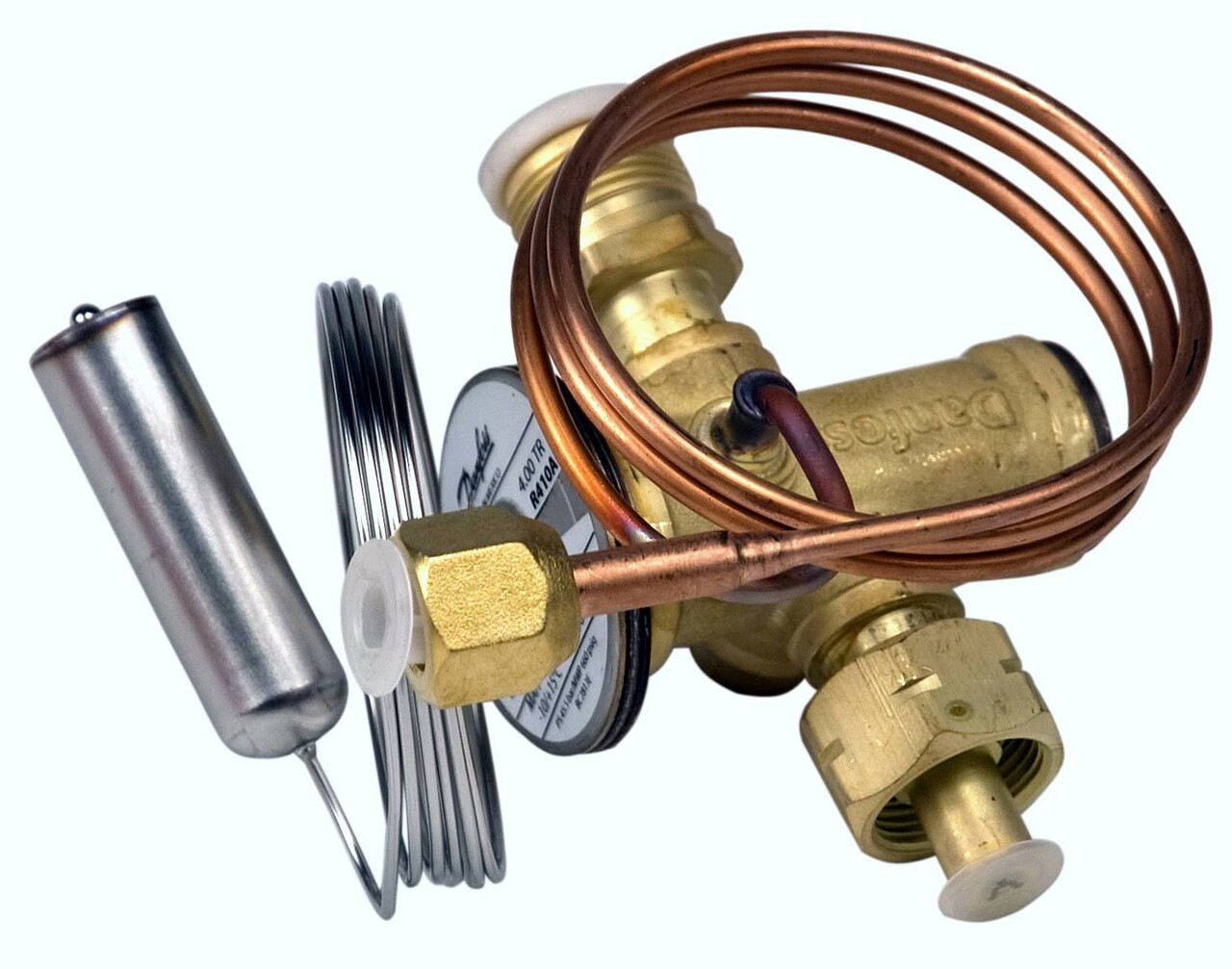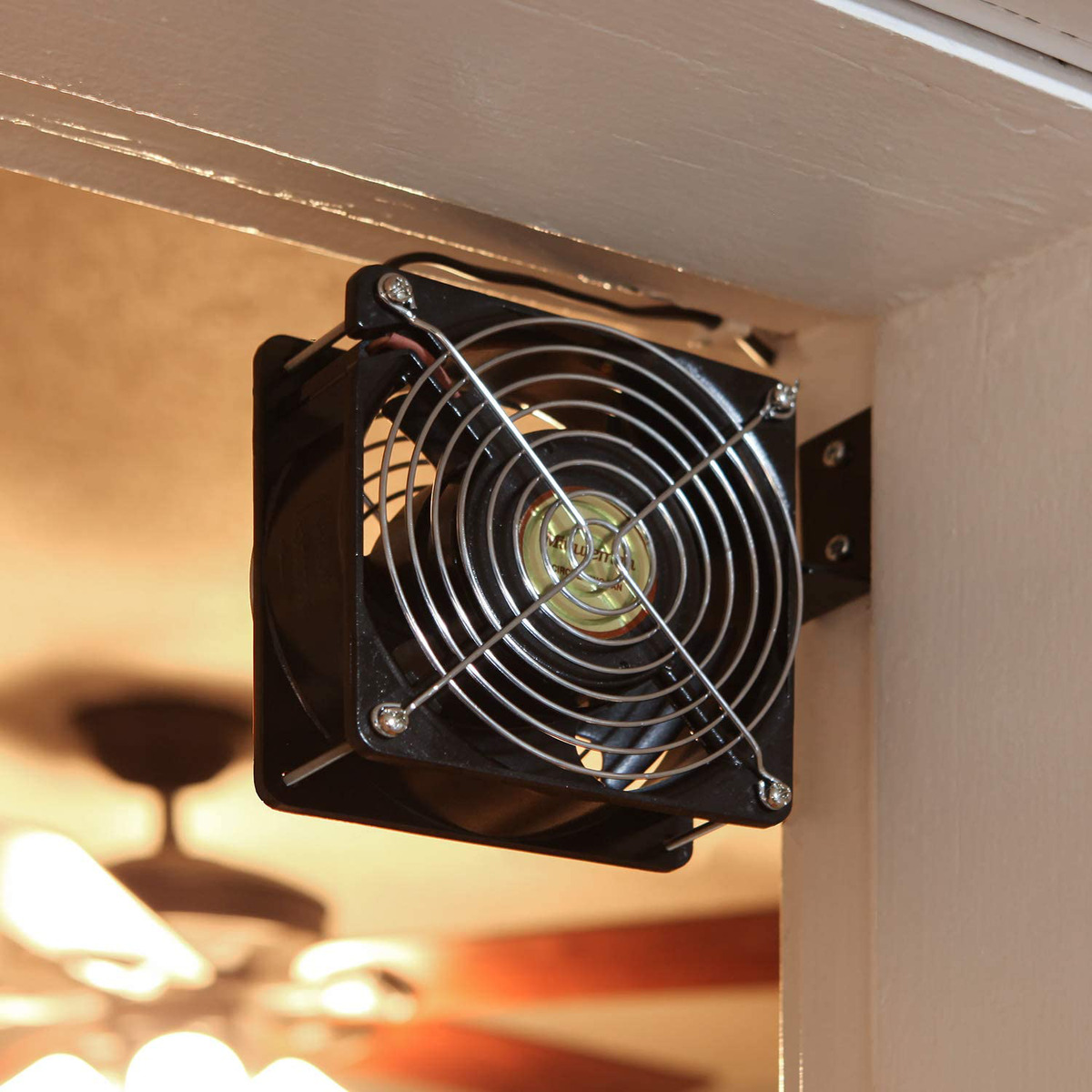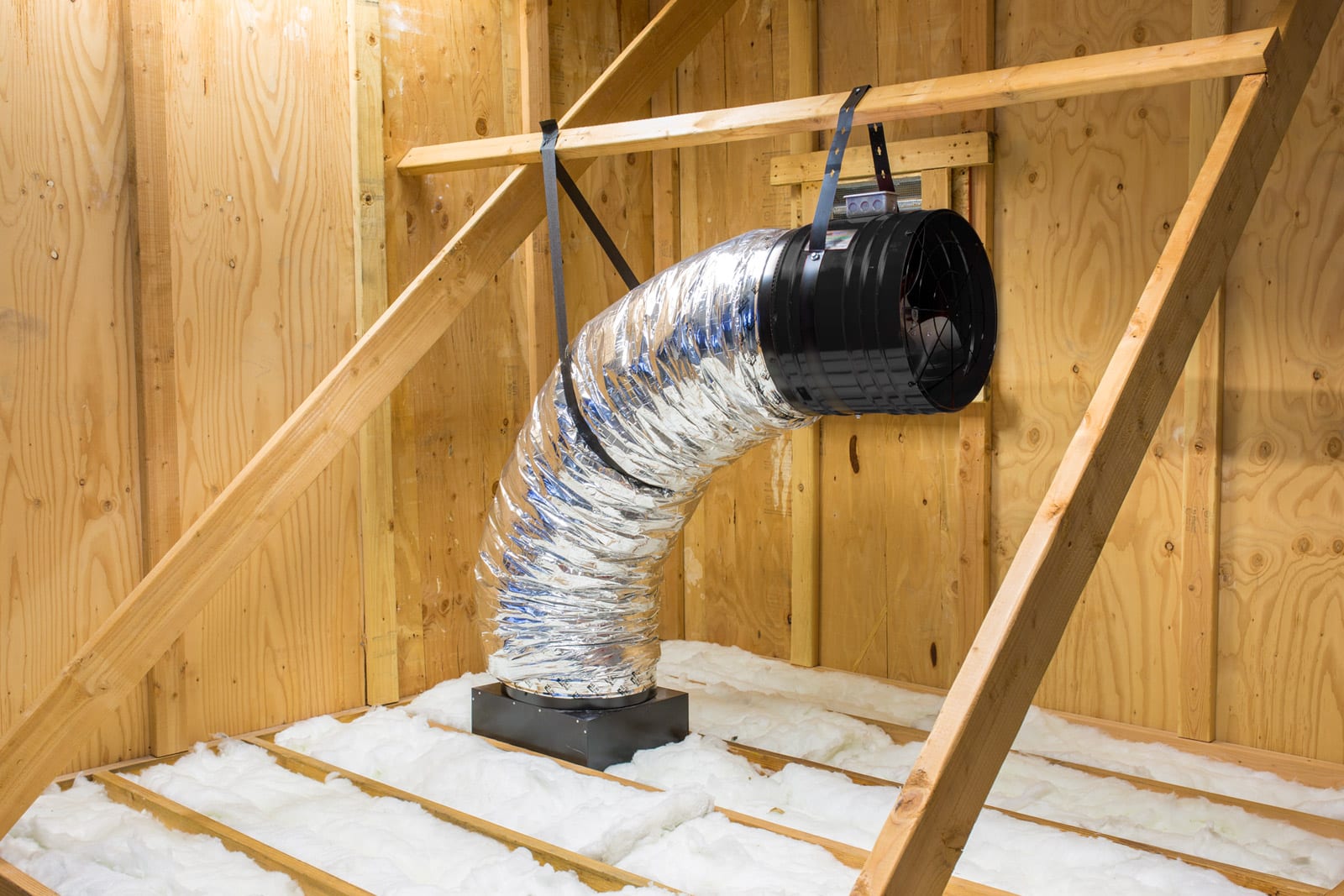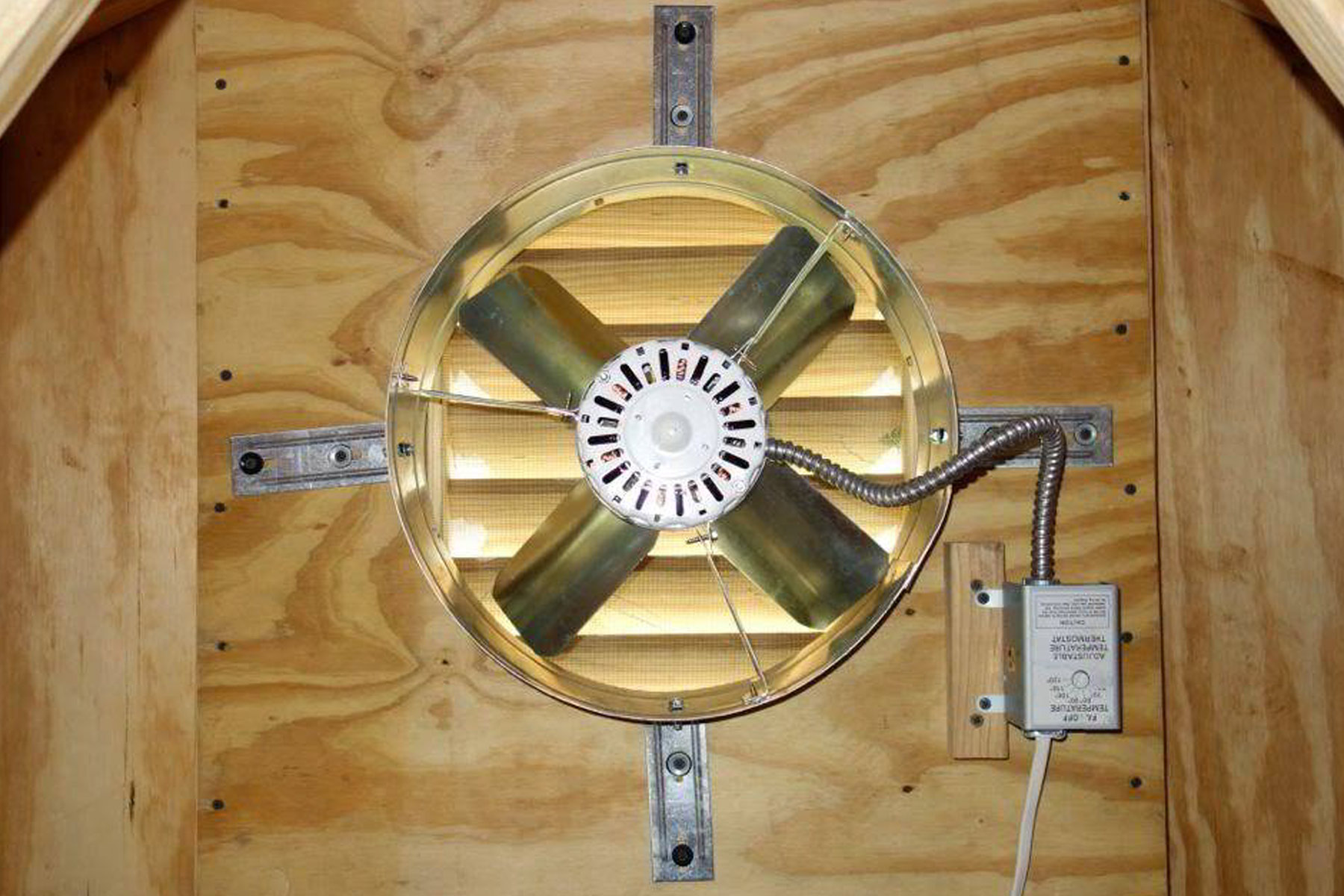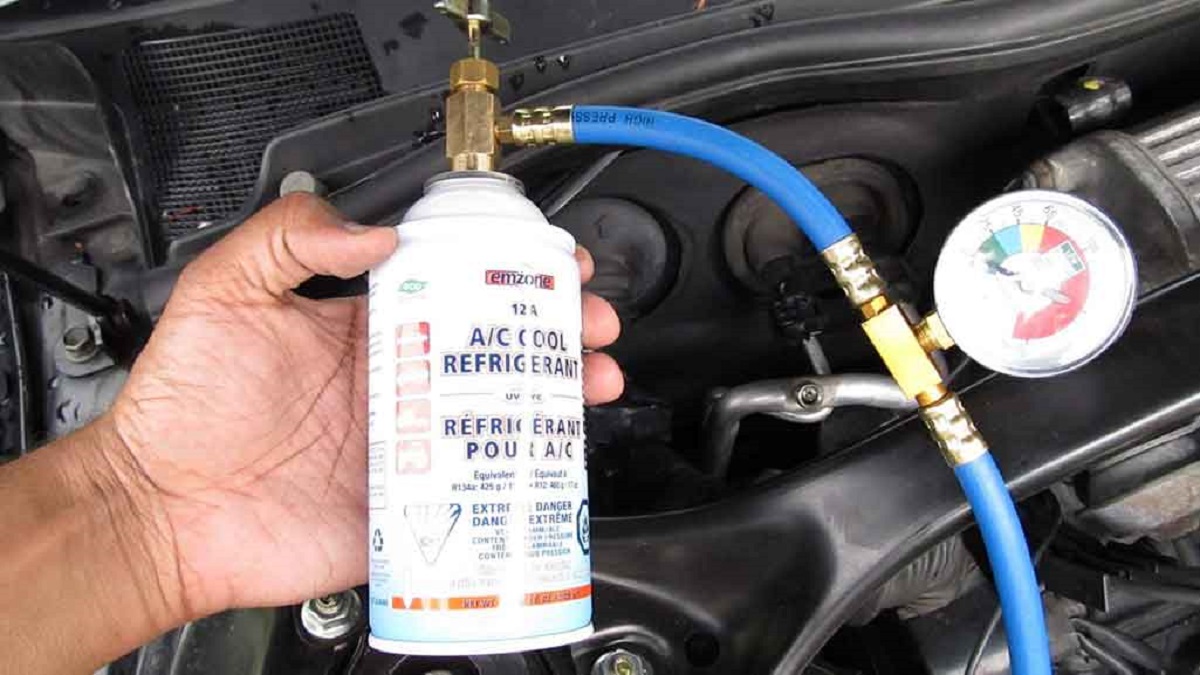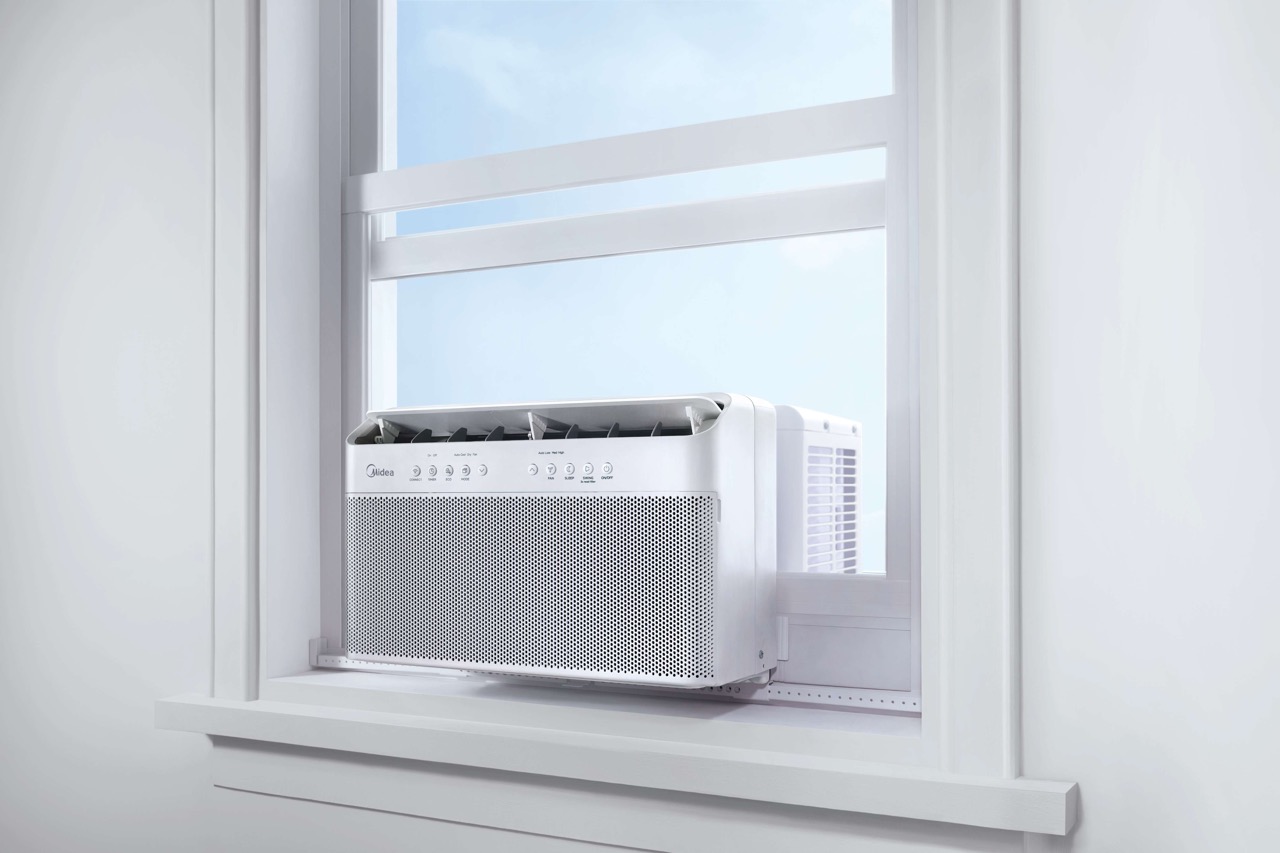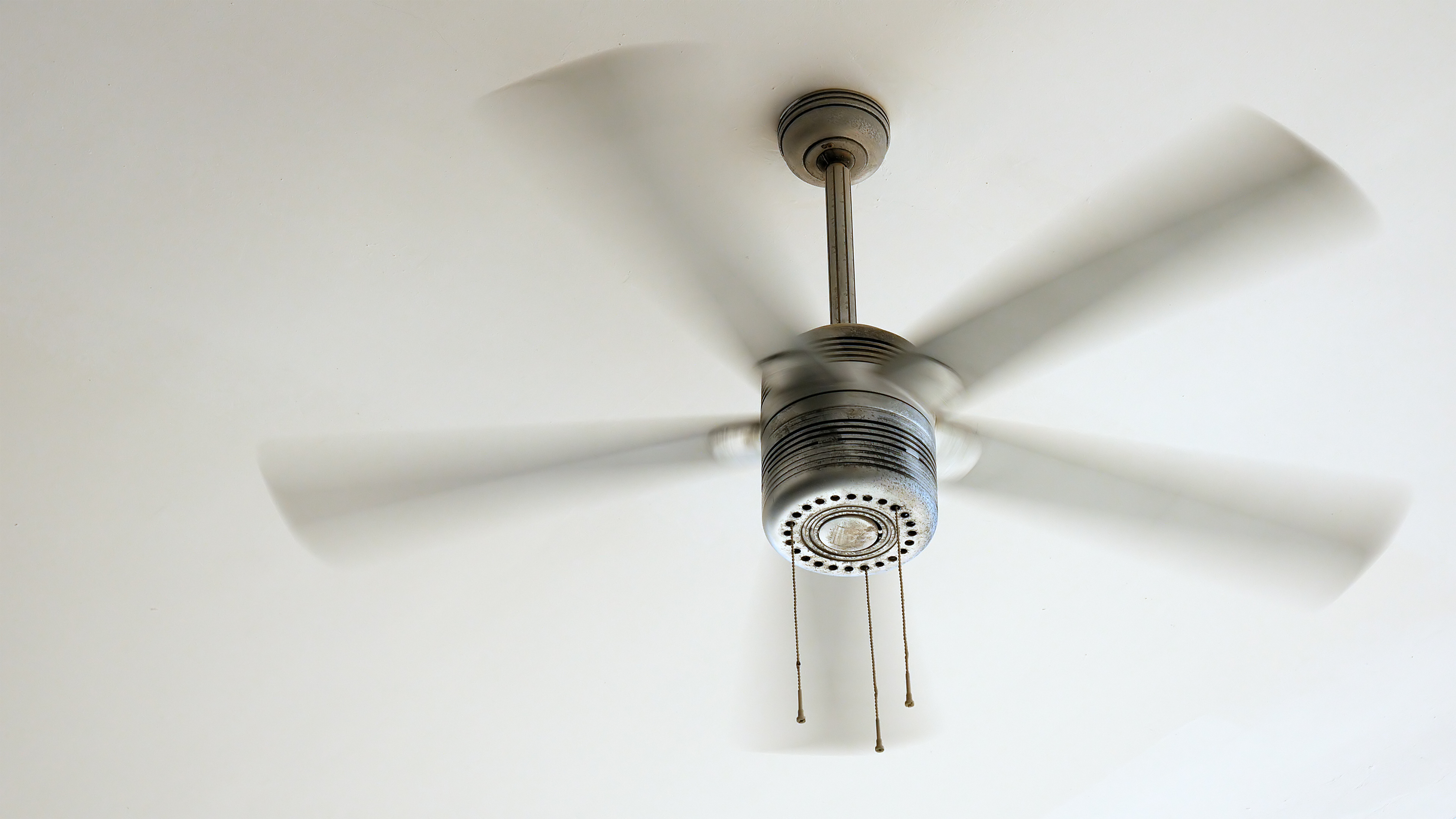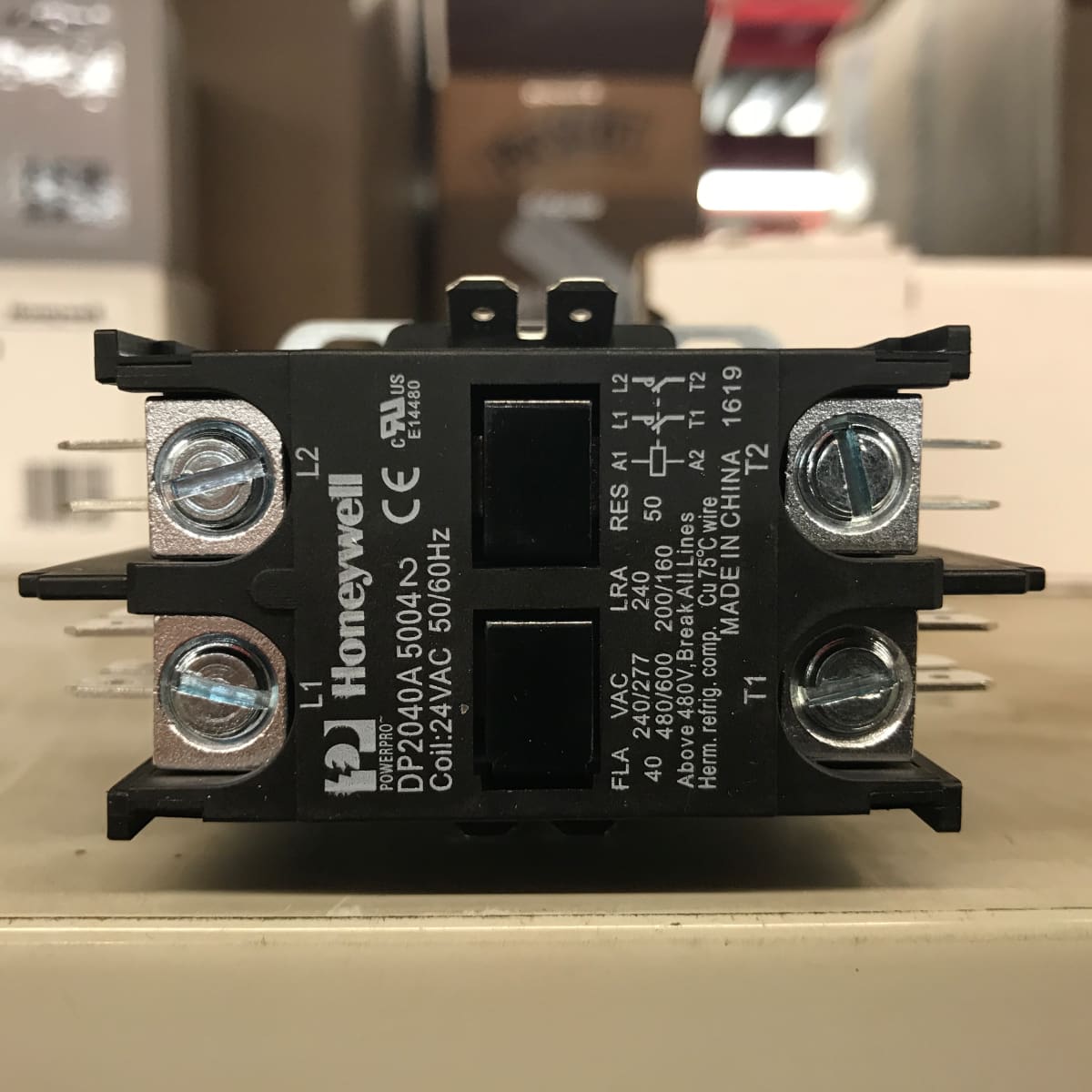Home> Home Cooling
Home Cooling: Ultimate Guide to Efficient & Comfortable Living
Discover all you need to know about Home Cooling – from system types to energy-efficient options. Improve your comfort at home while saving on bills.
Choosing the Perfect Summer Fan: Which Way Fan Direction for Maximum Comfort and Energy Efficiency
By: James Anderson • Articles
